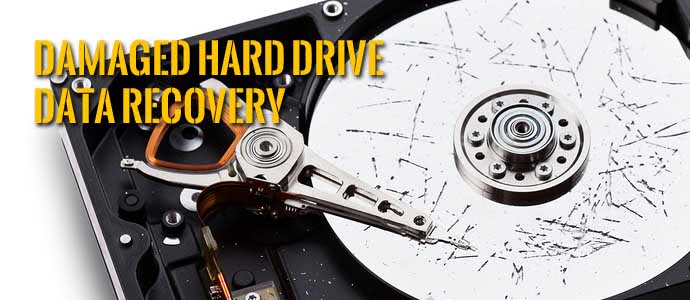Hard drives are the most unreliable component of A modern computer. As a rule, modern models work up to 3 years, after which They have to be replaced.
- The worst thing about this situation is that it is very difficult to predict exactly when .
- A hard drive will break. Because of this, inexperienced users often lose important data.
- In this article, we will talk about how to check the hard drive for health and correctly assess its condition.
Health check based on data from “SMART”
- If you want to check the hard drive for health, then the first thing to do is install the CrystalDiskInfo program.
- This free program collects all available information about the drive and, based on it, gives an assessment of its technical condition.
- If the drive is fully functional, then its “technical condition” will be indicated as “Good”. If it has any problems.
- Then you will receive an “Alarm” rating, but in cases where the HDD is on the verge of death, the program gives a “Bad” rating.
- Also in the CrystalDiskInfo program, you can see the initial data of the SMART system (the program uses them to assess those conditions).
- To understand what this or that parameter means, you can use the Wikipedia article.
There is a table with a detailed description of all parameters of the SMART system. In addition, in the CrystalDiskInfo program, you can see the temperature of the hard drive, the number of inclusions, the number of hours worked, the exact model name and even the serial number of the drive.
Checking the health of the hard drive under load
If the SMART system does not show any problems, then the hard drive can be checked for serviceability by creating a large load.
To do this, simply try to write a large number of small files (a couple of megabytes in size) to the drive. For example, you can try to copy a large folder of photos to it.
- If the disk is good, then the copying process should pass without any incidents. At the same time, the copying speed should be more or less stable throughout the entire copying process (with the exception of a slight drop in speed immediately after the start of copying).
- If the hard drive is faulty, then the copy speed will fluctuate greatly (from normal to very low). In some cases, the copy process may hang or be interrupted. Some files may not be copied, the system will report errors. In especially advanced cases, a crackling or rattle may be heard, the drive may turn off (disappear from the system).
If the test with writing files went well, then try testing how reading data works. To do this, try copying the data from the disk under test.
Checking for errors in HD Tune
The next step is to check the health of the hard drive using specialized programs. Such programs allow you to check.
- The hard drive for errors and identify existing problems, even if they do not appear in normal use.
- Let’s start with the free HD Tune program (or its paid version, HD Tune Pro).
- In order to check your hard drive for errors, run the HD Tune program, go to the tab and click on the “Start” button.
After that, HD Tune will start checking the hard drive for health. During the check, you will be able to observe this process. Normal parts of the hard drive will be marked in green, and damaged in red.
Error checking with Victoria 3.5
- To get the most accurate check, you need to use the Victoria HDD program, you can download it as an iso file, for example, on.
- This site (version 3.5 is here, which is best for checking outside the operating system).
- The downloaded iso file must be written to a CD (or USB flash drive) and booted from it to a computer.
- After booting the computer from this CD, you will need to select one of the versions of the Victoria program.
For desktop computers, you need to select the version “Victoria for Desktop”, and for laptops, respectively, “Victoria for Notebook”. Other options in this menu launch the DOS operating system and Volkov Commander.

